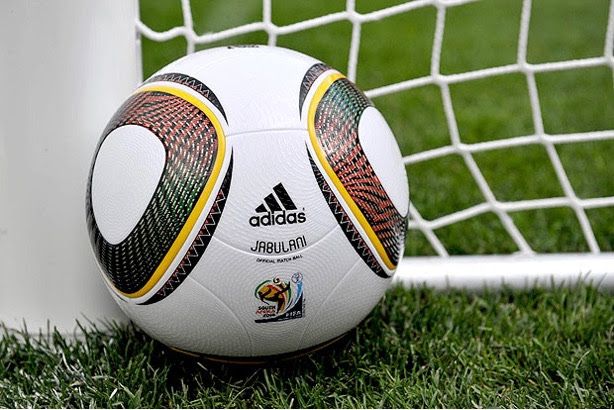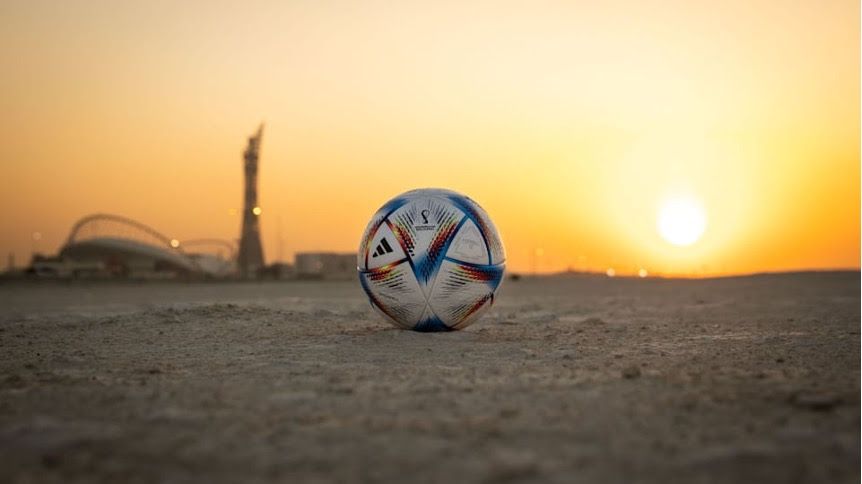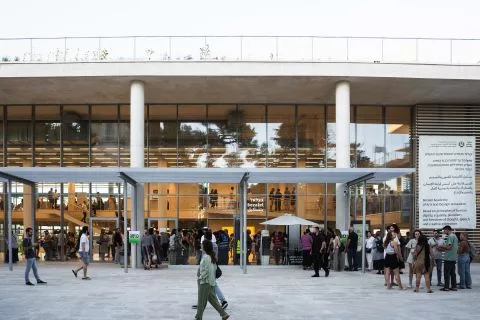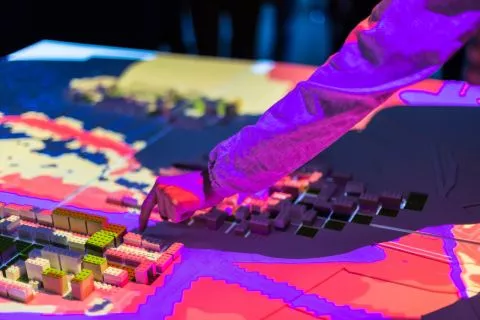Bezalel News
חדשות בצלאל
أخبار بتسلئيل
FIFA World Cup | The Design of the Ball and the Theory of the Player
The FIFA World Cup is the most popular sports event worldwide. It is also the most viewed event in the world and has a major emotional impact, involving the reputations of players and countries. These reputations can be built or destroyed in the blink of an eye and therefore fair play has great importance. The fairness of the game is ensured by the rules and the referees but design too plays an important role; for instance, in the design of the football. But how difficult can it possibly be to design a round ball?
The design characteristics of the ball are simple. The smoother and rounder the ball, the better it will it respond to the touch of the player’s foot and perform as intended. The ball should absorb as little fluids as possible so that its weight doesn’t change during the game. But while these characteristics are clear, the production of the ball is a little more complicated.
For many years, footballers played with a ball made out of 18 leather pieces sewn together. But in the world cup of 1966 viewers were complaining that they couldn't follow the monochromatic ball on their black and white television. And so, FIFA asked Adidas to design a ball with a television ‘personality’. The result was ‘Telestar’, a ball made of 32 panels, 12 black pentagons and 20 white hexagons handstitched together. The ball entered the field in the world cup of 1970 in Mexico and became highly popular. It worked for the players and looked good on television screens.
In the 1982 World Cup in Spain, Adidas created a new ball called Tango España, but the ball, with rubber tubing beneath the seams, turned out to be not very durable and had to be changed several times during the game. This disrupted the game and was upsetting for the players and viewers. In 1994’s World Cup in the USA, Adidas created the ‘Questra Ball’, the first ball ever with a layer of Polyurethane foam, making it light and fast, and which according to the players, helped them score more goals. In the 2006 tournament in Germany, they created the ‘Teamgeist’ which had the same effect. It was made of 14 panels, put together with a heating technique as opposed to traditional stitching, to create a smoother ball that doesn’t absorb water. The players were thrilled but the goalkeepers complained that its lightness made it fly unsteadily and inconsistently and that it slipped out of their hands because of its smoothness. These balls affected the game but didn’t hurt the principle of fair play, as all the players had the same advantages or disadvantages.
But the World Cup of 2010, in South Africa was different. Straight after the tournament began, the goalkeepers started complaining that the ‘Jabulani’ ball ("partying" in Zulu) was too bouncy. It couldn’t be spun and when up in the air, it strayed off course. The goalkeepers also said that the ball slowed down in the air like a balloon, making it hard to predict its course in flight, and that it turns irregularly and slips out of their hands. The players said that after being kicked, the ball soars less and drops sooner than intended.
Ironically, the Jabulani was the roundest, most aerodynamic ball ever designed. But it had yet another unexpected problem. It was affected, according to the height of the city in which the game was held, Johannesburg or Cape Town, by the different air pressure in each city. In Johannesburg (which is higher) the ball deviated more from its trajectory and reached higher heights compared to its performance in the Cape Town games. Since the ball behaved differently in different cities, the goalkeepers weren’t able to predict the route of the ball when the team played in different cities. And so, a team that played in several cities with differing heights, had a serious disadvantage to teams that didn’t. In this case, the design of the ball failed to overcome the challenges and harmed the principle of fair play.
In 2022, the official ball for the World Cup held in Qatar was called Al Rihla (meaning ‘the journey’ in Arabic). Another ball designed especially for the final between France and Argentina is the ‘Al Hilm’ (meaning "the dream" in Arabic). It was made out of 20 panels of large and small triangles and painted with water-based ink and glue, and was smoother than the former ball with an aerodynamic design to make it fly faster. The ball was tested in wind tunnels, was designed to fly steadily and precisely without unexpected deviations, was able to hold the air inside for the whole game and, for the first time, also contained digital technology. Sensors implanted inside the ball sent out tracking data about the position of the ball and its angles at a rate of 500 times per second, making it possible to check the judging from the point of view of the ball.
The differing influences that different balls have on the game, lead us to Bruno Latour’s ‘Actor- Network Theory’ dealing with the active role that objects have as part of the network of actions and final results. Although the objects seem passive and at our disposal, Latour shows how they often have a considerable influence on the course of our lives.
Prof. Ory Bartal
Lecturer in the Department of Visual and Material Culture









